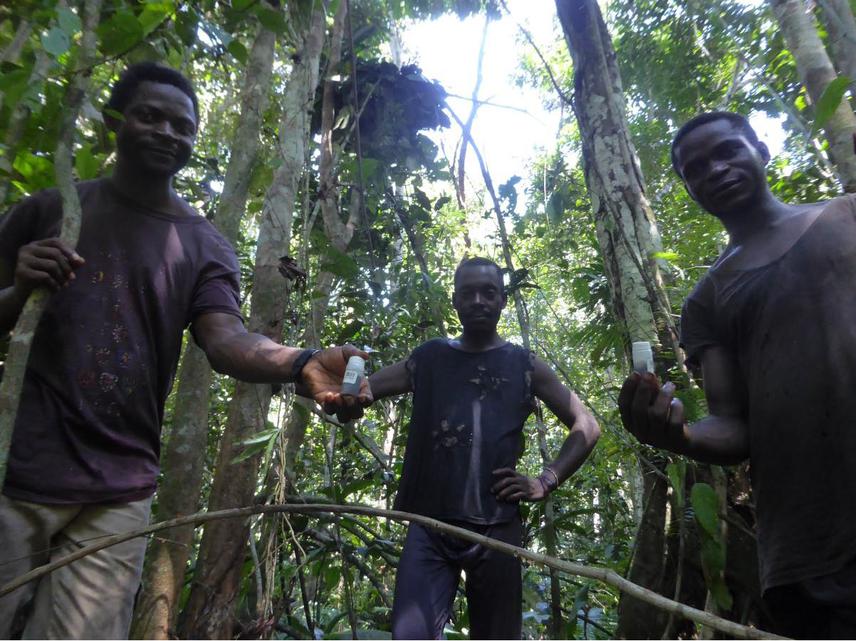Katherine Adelle Meier
Other projects
27 Jun 2022
A Fragile Balance: Examining Mechanisms of Human-Ape Coexistence in a Seasonally Flooded Swamp Forest
In the north of the Republic of Congo, the Lac Tele Community Reserve lies within the largest swamp-forest and tropical peat reserve in the world. Home to a remarkably high density of Western Lowland gorillas as well as Central Chimpanzees, human residents of the reserve live alongside these great apes in one of the world’s most unique yet understudied ecosystems. This project will use ethnography, participant mapping, biological sampling, and camera trapping to conduct a feasibility study for dissertation research that explores the coexistence of Lac Tele’s people and great apes. The goal is to understand the seasonality of both the spatial and cultural overlap between people and great apes using interdisciplinary approaches. The research pursuant to this study holds implications for ape conservation, human health and nutrition, and human-primate epidemiology—all issues of increasing global urgency. It will contribute to filling large knowledge gaps relating to the ecology of non-habituated/hunted primate populations, ape adaptations to highly seasonal flooded habitats, and changing human-animal relationships in the Congo Basin.

Field team display our first gorilla faecal samples!
This project focuses on the social and ecological interactions between humans, gorillas, and chimpanzees within the Lac Tele Community Reserve. Lac Tele’s unique wetland ecology has simultaneously insulated it from many of the threats facing more traditional tropical forests (such as logging), as well as deprived it of the intensive, long-term research and monitoring efforts that are directed at critical wildlife populations in Congo’s other co-managed national parks.
From a primatological perspective, it’s not simply the difficult terrain that has deterred the study of these endangered great ape populations, but also the added impediment created by the community-centric conservation model that situates local people as active constituents of the protected area. Lac Tele’s apes have coevolved alongside the reserve’s forest-dependent people and have been hunted; hence, they cannot be habituated – a prerequisite of every other long-term ape research initiative. Thus, however, they are more representative of broader ape populations which live outside of strictly protected areas and which are increasingly threatened by anthropogenic pressures such as habitat loss, disease, and hunting.
Our current understanding of the wildlife populations in the reserve come from snapshot surveys conducted by WCS at 5-year intervals. These surveys give valuable density estimates, indicating that gorilla and chimpanzee populations have remained stable over the last two decades. However we have little to no information as to how these great apes survive in their swampy environments, what resources they rely on, the extent and nature of their interactions with local people, and how all these interspecies interactions are mediated by the seasonal flooding of the reserve, which becomes less predictable and more extreme with each passing year.
This research will test mixed-method approaches aimed at investigating the seasonal dynamics between gorillas, chimpanzees, and people at Lac Tele, laying the groundwork for a longer dissertation study on the same subject. The study components will include:
1. Semi-structured Interviews: ethnographic investigation of the historic and current relationships between the reserve’s local people and great apes as well as local understandings of ape ecology.
2. Hunter participant-mapping: spatial analysis of local hunter movements and their overlap with great apes in the forest.
3. Biological Sampling/DNA Metabarcoding: opportunistic collection of ape fecal samples for lab-based metabarcoding qualification of ape diets.
4. Camera trapping: camera trapping of great apes to engage local communities in research efforts as well as to provide baseline biodiversity indexing in the reserve.